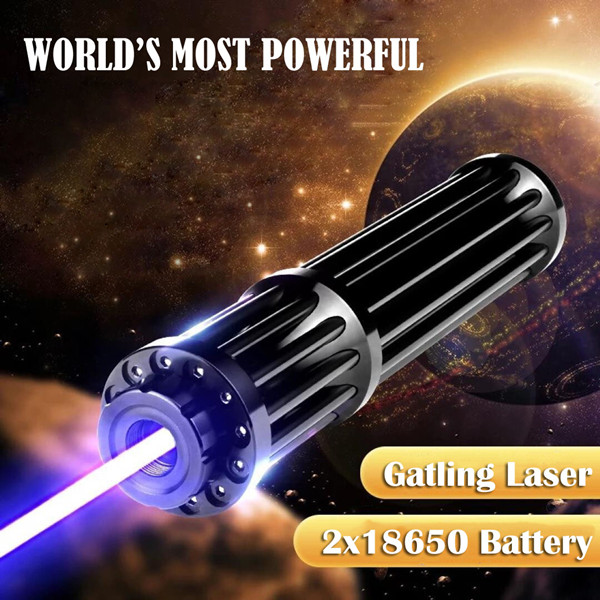Infrared: electromagnetic wave with wavelength between microwave and visible light. Wavelength is between 760 nanometers and 1 millimeter, is longer than red light invisible light. Anything above absolute zero -273.15℃ can produce infrared rays, which are called heat rays in modern physics. Medical infrared can be divided into two categories: near infrared and far infrared. Laser pointer, also known as laser pointer, star pointer, etc., is a processed transmitter. Common laser Pointers are red, blue, green, and blue and violet, and each color has a different principle.
Laser pen due to have the function of the light, and light is far, fascinates many primary and middle school students especially, however, the campus surrounding stationery shop sales of laser pointer, quality the good and bad are intermingled, moreover, a lot of laser pointer wattage particularly big, does not conform to the requirements of the laser pointer controls, once high school students because of curiosity to buy power larger green laser pointer, The danger is also very great. How far can a red laser pointer shine? It has to do with a lot of real phenomena, and in general, the more power you shine, the farther you shine. The higher the power, the farther the radiation. The air quality is good, the less particles, the less attenuation of the beam, the farther the beam divergence, the farther the beam divergence. The laser pointer has a power of about 10 milliwatts and can illuminate about 3 kilometers. If you have a red laser pointer with a power of 200mW, about 10 kilometers should be no problem.
Lasers are not the same as infrared, and red lasers are common not because of their energy, but because of the cost and usefulness of the equipment.
In the case of stage laser specifications, standard specifications usually indicate the wavelength, but not necessarily the color of the laser.
For example, the wavelength range of 532nm represents green light; The wavelength range of 655nm represents red light; There are even expensive lasers that can adjust their wavelength to produce full-color effects, but only wavelengths between 380 and 780nm (1nm=10-6mm) are visible. There are other wavelengths beyond that, such as rubidium ac lasers (1064nm), but these are for special purposes.

